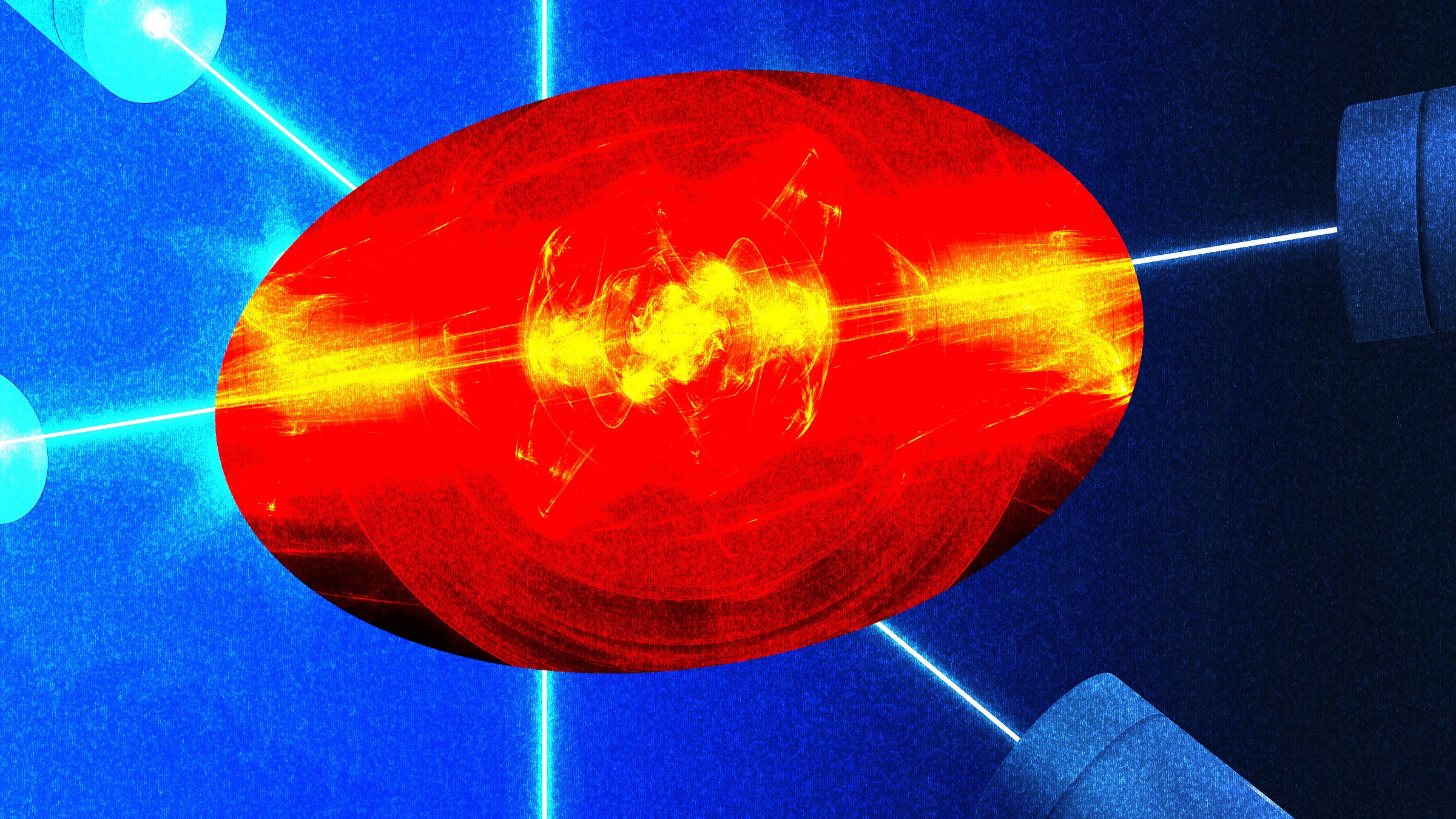Fusion Sparks an Energy Revolution
Fusion Sparks an Energy Revolution
In recent years, the field of fusion energy has been making significant strides towards revolutionizing the way we generate power….

Fusion Sparks an Energy Revolution
In recent years, the field of fusion energy has been making significant strides towards revolutionizing the way we generate power. Fusion, the same process that powers the sun, has long been seen as the holy grail of clean and limitless energy.
Unlike traditional nuclear fission reactors, which use radioactive materials to generate heat, fusion reactors use hydrogen isotopes to create controlled nuclear reactions. The result is a safe, clean, and abundant source of energy that produces no greenhouse gas emissions or long-lived radioactive waste.
One of the key challenges in developing fusion energy has been overcoming the technical obstacles to achieving a sustained fusion reaction. However, recent advancements in plasma physics and material science have brought us closer than ever to achieving this goal.
Several fusion experiments around the world, such as the ITER project in France and the Wendelstein 7-X stellarator in Germany, are pushing the boundaries of what is possible with fusion technology. These projects are not only advancing our understanding of plasma physics, but also paving the way for commercial fusion power plants in the near future.
With the potential to provide clean and virtually unlimited energy, fusion power has the ability to revolutionize the global energy landscape. It could help us transition away from fossil fuels and mitigate the impacts of climate change, while also providing a reliable and sustainable source of power for generations to come.
As the world continues to face growing energy demands and environmental challenges, fusion energy offers a promising solution that could reshape the way we power our lives. The fusion revolution is on the horizon, and its impact could be felt for decades to come.




